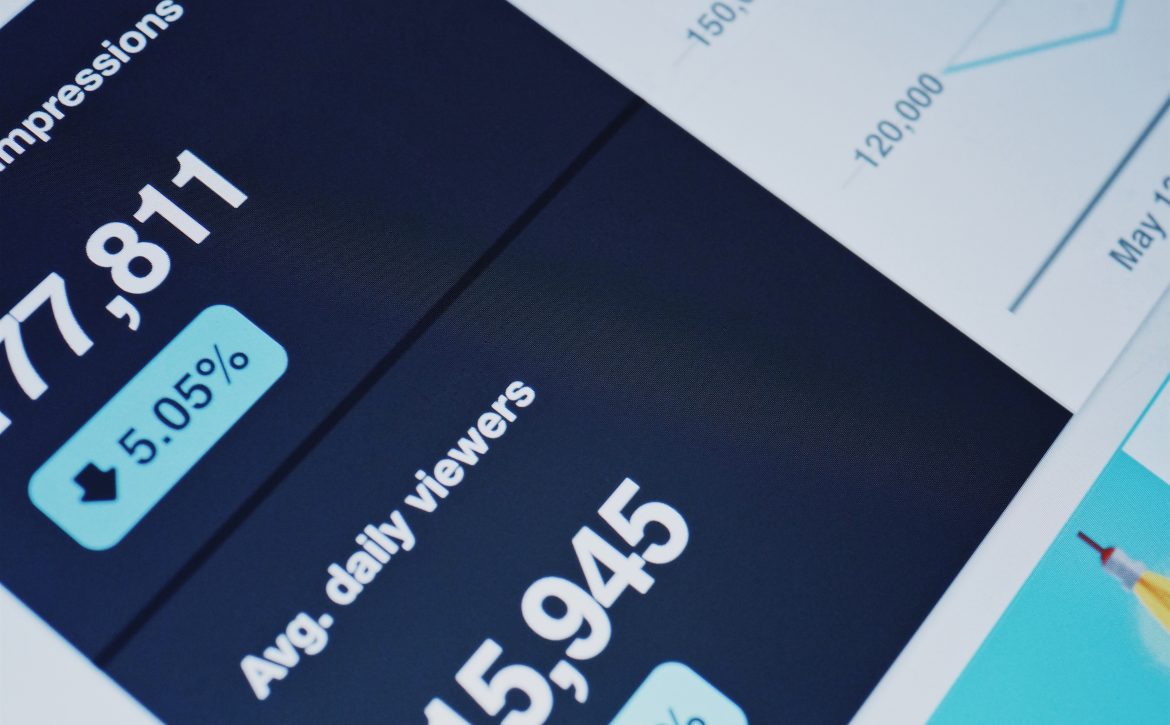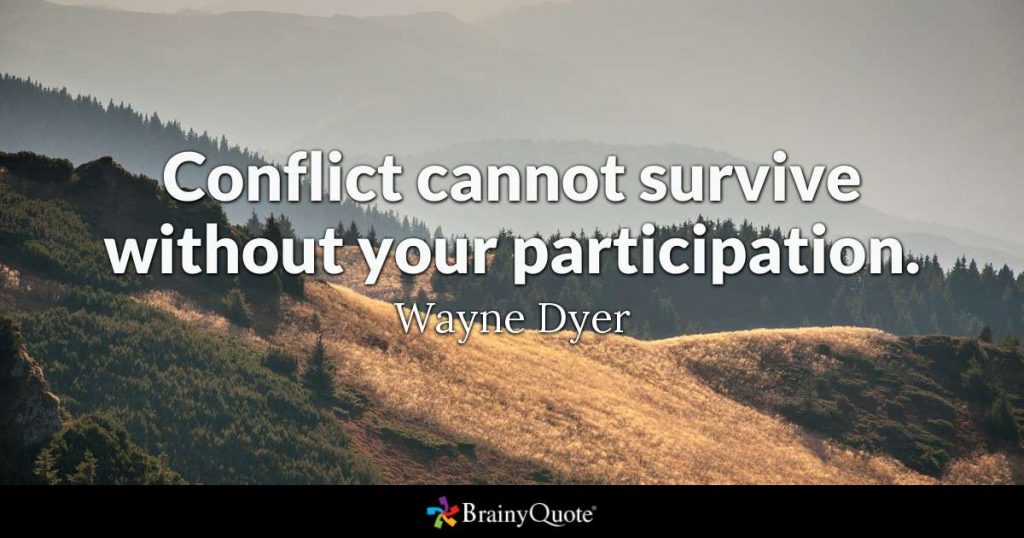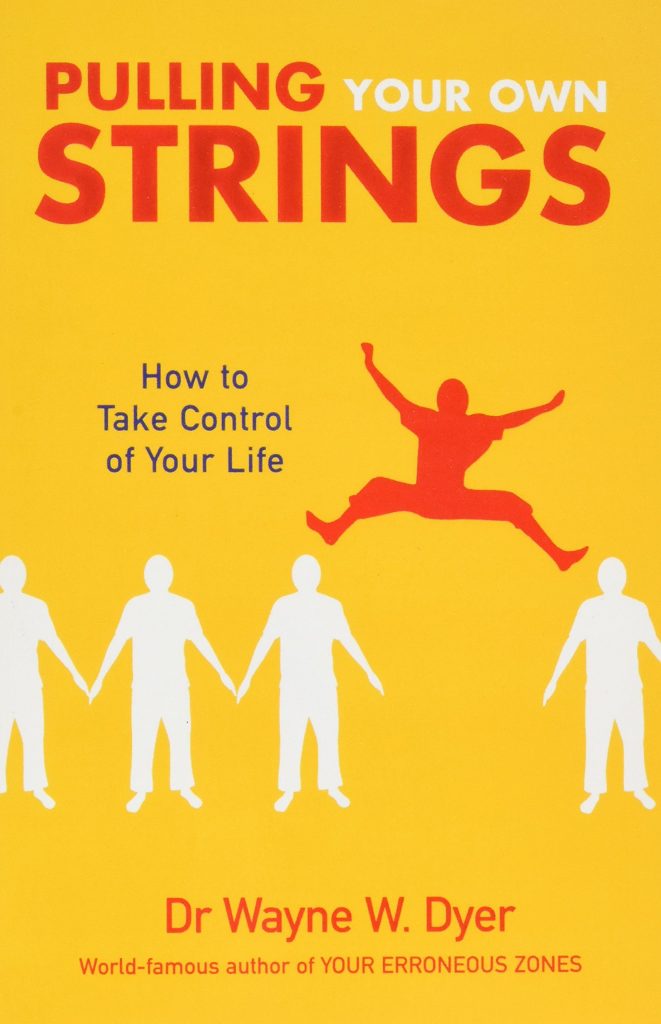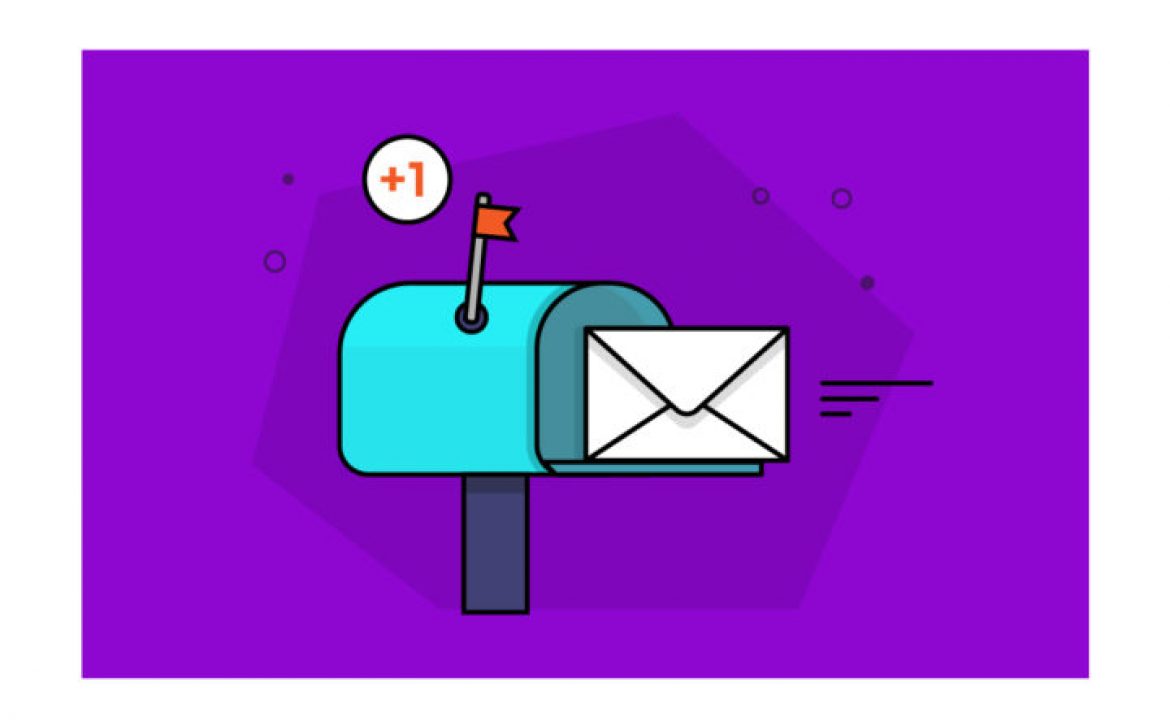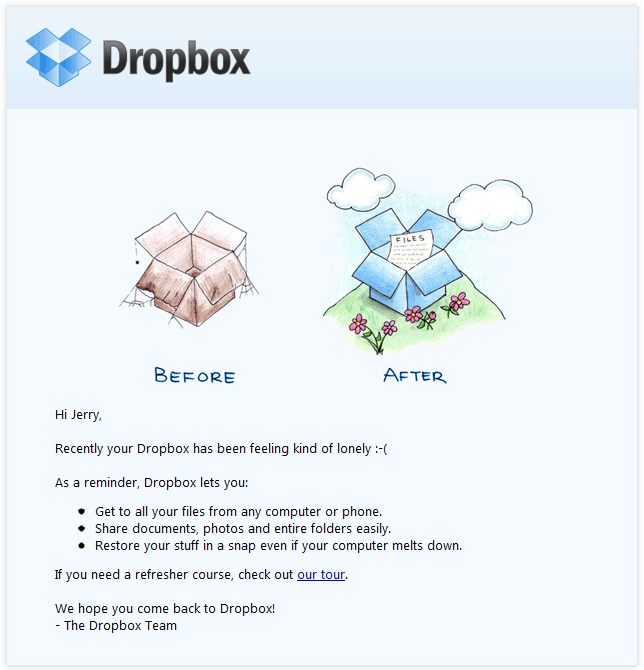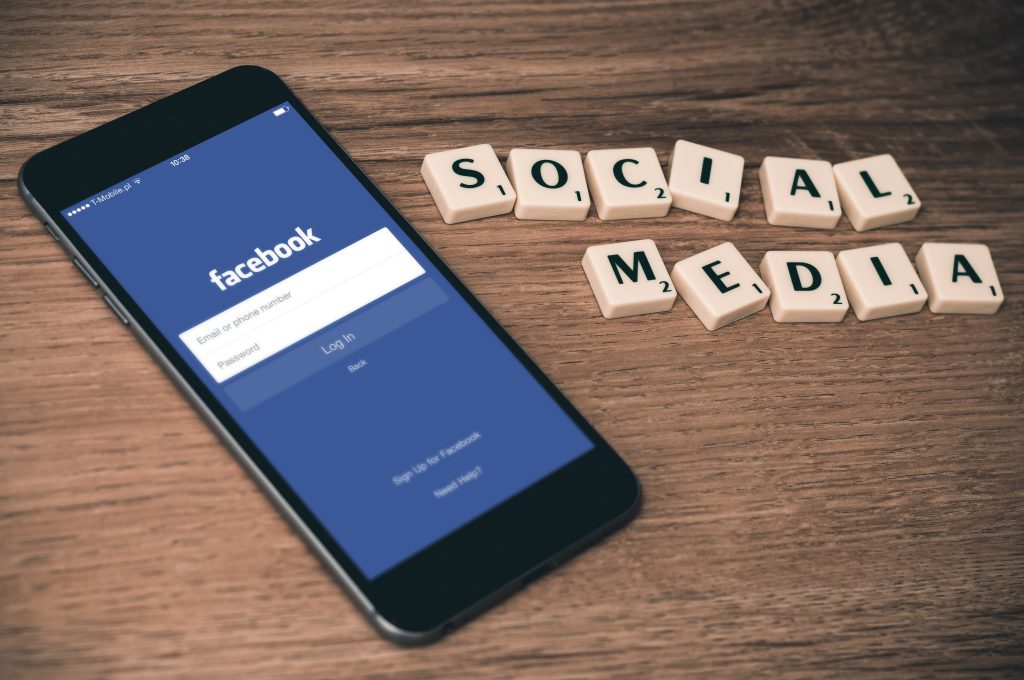Common Marketing Mistakes- How to Convert Traffic into Sales!
If your website is getting solid traffic, but your shopping carts are collecting dust, I’m here to show you some website mistakes to avoid if you want to convert traffic into sales.
Some of the points below touch on content, while others touch on copy. What’s the difference? Basically, all copy (words written to make sales) is content but not all content (words, images, video, etc.) is copy.
With that distinction made, let’s jump right into these five content-related reasons why I might visit your website but refuse to buy:

Your Website Copy is Too Generic
Copywriting is all about crafting words in a way that will convince someone to buy—and let’s face it, many business websites out there aren’t very convincing. A common problem is that their copy is just too generic. They’re trying to be all things to all people.
Here are a few guidelines to make sure your ideal customer knows you’re talking to them.
- Define your ideal customer and the problem you help them solve.
Before you write a single word for your website, you need to know to whom you are writing and what problem you’re helping them solve.
- Write a headline that directly addresses their problem and your solution.
When someone lands on your homepage for the first time, you want them to think, “Hey, that’s me!” They want to know they are in the right place. Usually, this can be achieved by simply stating a problem your ideal customer has and your solution. For example, let’s say you sell eco-friendly glass water bottles to the earth-conscious consumer. Your homepage might start with a headline that says, “Tired of throwing away harmful plastic water bottles?” or “Want a reusable water bottle that’s good for the earth?” That ideal customer is going to answer with a resounding “yes!”
Your Business Doesn’t look Legitimate
E-commerce faces a significant challenge. Potential clients can’t see you or your product in person. This can be a huge barrier to establishing a trust that you are who you say you are.
When someone walks into a clothing store, for example, they’re often greeted by a smiling employee, and they can get a feel for the atmosphere. That goes a long way toward building trust, and very quickly.
But when someone visits your website, they’re missing all those physical cues; you need to fill them in with great content that builds trust.
Here are some content pieces you can add to your website to build credibility:
- Reviews- We as consumers love hearing about others’ experiences with a product! So if you have an e-commerce site, install a ratings/reviews plugin to increase conversions.
- Testimonials-Reach out to your favorite clients or customers and ask them to tell you what they like best about your business. Then ask if you can display that on your website and marketing materials. Adding testimonials to a page boosted the conversion rate up to 25%.
- Your physical location– This is the easiest little piece of content to add to the footer of your website and/or your contact page. It helps show that you’re a real business!
- Guarantee– If you can, offer a guarantee. There’s no better way to vouch for your product than to say you’ll give someone their money back if they’re not satisfied. It could even be free shipping/returns.
- Information about and photos of you and your team– People want to do business with people, not a website. Show your face to help them feel more at ease with the transaction. The perfect place for this is your About page, an often-overlooked page that can boost your conversions.
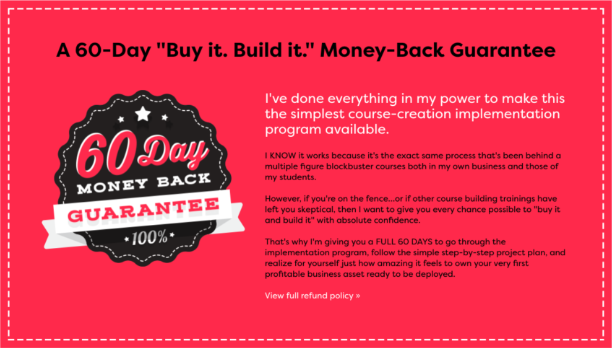
Your Blog is weak
There are so many benefits to blogging for your business, and one of the big ones is that it can help convert traffic into sales. Here’s how your blog can work for you:
- Attracting the right customers. Your blog content should be crafted in a way that attracts relevant visitors and helps move them through the sales funnel, from awareness of a problem, to considering different options, to acting and buying.
- Generating leads. According to HubSpot, businesses that blog generate four times more leads than businesses that don’t. And more leads mean more sales!
Make sure you get their information so you can keep nurturing that relationship. Blogs are a fantastic way to do that because you are offering your expertise for free, and that will entice a visitor to hand over their email address in the hopes of getting more.

Level Up Your Website Content to Convert Traffic into Sales
Now that we’ve talked about some website mistakes to avoid regarding your content, did you spot any that you’re making? Maybe you’ve got a beautiful website. Maybe you’ve got lots of traffic. Good design and high traffic are great—but they’re meaningless to you as a business if they don’t convert buyers.
So, if you want to convert traffic into sales, try these solid tips for improving your content:
- Show proof that you’re a credible business.
- Write helpful blog posts that solve your ideal customer’s problem.
- Craft copy that speaks to your ideal customer.


